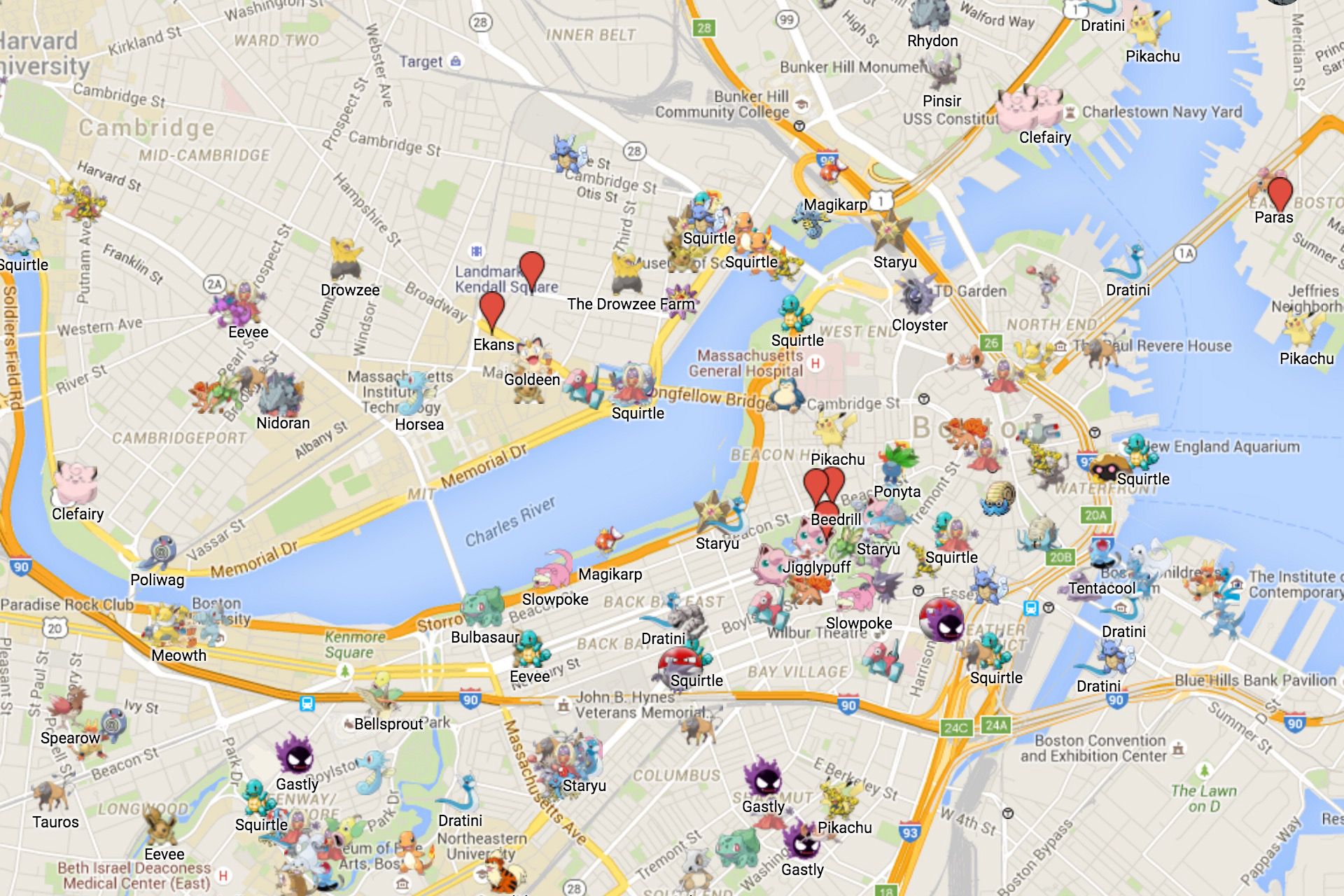

The second survey was collected from 315 Pokémon Go players to validate the fit scale and it was analyzed via structural equation modeling. The first survey was conducted to perform a scale development of fit. The paper intends to integrate the models of stimulus-organism-response (S-O-R) and information systems success with cognitive fit theory to explore the fit and reactions of users in the integration of real and virtual worlds.įollowing MacKenzie's scale development, two surveys were conducted. However, few studies have developed questionnaires of fit to investigate the relationship between the fit and the integration of the game's virtual world and reality. Another logic is also proposed, a combination of space syntax and landmarks, and it is discussed if it can add additional values, that the existing approach is lacking.Īugmented reality (AR) has become a trend, and the effects of Pokémon Go, the most popular online and mobile game, have been explored in many studies.

Through visibility and street network analysis, a new way of placing objects in the real environment is created, taking account the player’s position and visibility in the play location and the surroundings. These possible placements developed, are evaluated by comparison with the logic of the selected games. Space syntax measures offer a starting point to consider certain locations within the game environment over others. Through these observations, new placements of POI are suggested, based on theories of spatial analysis, gaming, and existing literature. Initial findings indicated that a high percentage of POI in Ingress is placed in small spaces, spaces with low connectivity values, and spaces where the visual field is blocked by obstacles. The main focus of this research is on selected areas in the central part of London. Specifically, the location-based games, Pokémon Go, and Ingress are discussed, which use a landmark-based logic. First, this paper investigates existing location-based games and analyzes their distribution and logic. In the real environment, the game designer cannot change the geometry of the space, but he can use the visibility and spatiality of the existing space for different purposes and functions. The visual field from the location of the player in the game environment can determine the decisions the player makes when navigating in the city. This research aims to use space syntax, the city configuration, the way someone moves based on the geometry of the spaces to define new rules and a new logic of placing objects in the environment of location-based games. The players navigate in the city, their game world, and use the 2d map in their smartphone to inform their gameplay decisions and to show them the next point of interest (POI). An essential part of location-based games is the physical space where players perform gameplay.


 0 kommentar(er)
0 kommentar(er)
